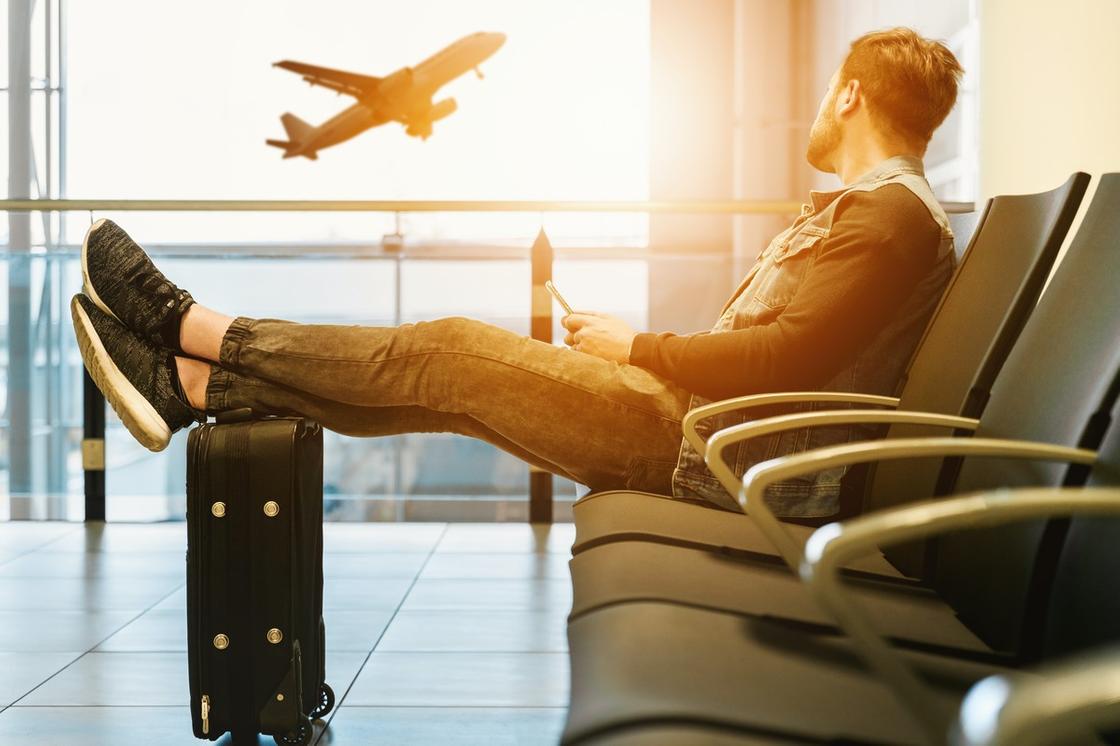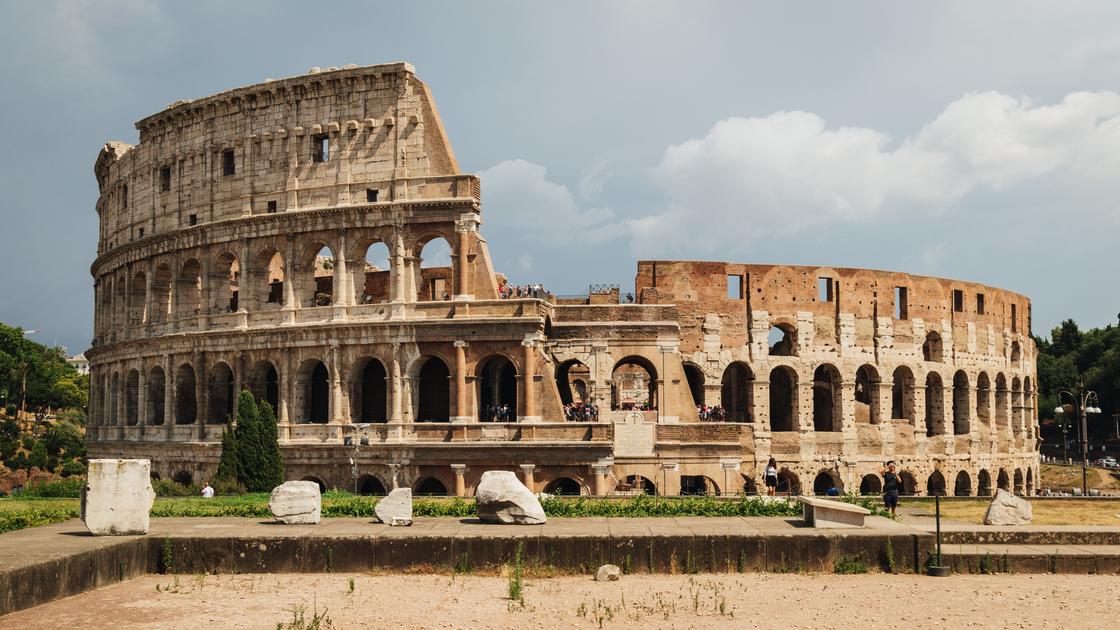
Traveling in Europe: What a tourist needs to know and what to see: Pixabay
Preparing for the trip
The more carefully you plan your trip, the fewer surprises you will encounter. If something unexpected happens, be prepared for it and perceive it as another adventure.Preparation for travel includes the following steps:
1. Decide how much time and money you can allocate for your trip.
2. Think about where you would like to visit, which countries, cities, what you would like to see.
3. Find out what documents are required to cross the border of the country you plan to visit and take care of their preparation.
4. Decide what kind of transport you will travel by.
5. Plan your desired route, soberly assessing your capabilities.
6. Calculate in advance where you will need to stay overnight and book a place in a hostel or hotel.
7. Purchase transport tickets in advance.
8. Learn basic phrases in the language of the country you are going to. It will be easier if you know English.
9. Find a companion among locals on special websites for travelers. They offer their services and will help in many ways - from showing interesting places not advertised on the Internet to finding free accommodation.
10. Pack your things. The less you have, the easier it is to travel. Ideally, one backpack.
 The person described by the Nine of Pentacles is rich and free:
The person described by the Nine of Pentacles is rich and free: How much does a trip around Europe cost? From €100 per day for a family of three. This is provided that accommodation and flights or travel are already paid for. Of course, it all depends on the country you are going to. In Poland it will be cheaper, in Germany, Sweden - much more expensive. If you take the amount for everything (accommodation, travel, food, excursions), then you need to start from €250 per day.
There are options for saving:
1. Fly low-cost, look for last minute deals in special apps. They will give you the lowest price for the desired destination.
2. Traveling by bus or train will be cheaper and you will also enjoy the beauty outside the window.
3. Look for accommodation in a hostel rather than a hotel (this is relevant when traveling with one or two people at most) or look for an option for free accommodation.
4. Book your accommodation through the hotel website rather than on site, it's cheaper.
5. It will cost you almost nothing to spend the night at a campsite or in a car if you are traveling by car.
6. Monitor the websites of museums, theaters, and other places you want to visit in advance to find out which days offer discounts on tickets or allow free admission. Book these options in advance, as the number of free admissions is usually limited.
7. If you are planning a holiday in one country, buy a public transport pass.
8. Getting around European cities is convenient and affordable on a rented bicycle.
9. It is not necessary to have breakfast, lunch and dinner in a restaurant. Buy products in the supermarket and cook yourself.
 It's easier to get around European cities by bike: Unsplash/Clem Onojeghuo
It's easier to get around European cities by bike: Unsplash/Clem OnojeghuoA traveler with ten years of experience, Viktor Korovin, advises booking accommodation from private individuals. Searching through booking sites will offer a lot of options. Free accommodation can be found on some services.
How to travel around Europe by car? If you decide to travel by car, you will need:
1. International driving license;
2. International insurance policy;
3. Vehicle documents (registration certificate, power of attorney);
4. A serviceable car, with a fire extinguisher, a first aid kit, a towing rope, a set of tools for 5. 5. Minor repairs, a reflective vest.
Consider the cost of fuel in Europe, toll highways and parking. In case of traffic violations - hefty fines. It is possible that when crossing the border you will have to stand in line at the checkpoint. To save time, monitor the situation at checkpoints using online services in real time.
Otherwise, a well-thought-out trip in your own car will save a lot of time and give you freedom of movement.
The publication "Traveling in Europe" advises to consult the guide website to obtain information about any of the European countries . What to see in a particular country will be suggested by the websites of official tourist organizations of a particular country.
There are a number of world-famous historical sites that are a must-see for tourists in Europe:
3. Vehicle documents (registration certificate, power of attorney);
4. A serviceable car, with a fire extinguisher, a first aid kit, a towing rope, a set of tools for 5. 5. Minor repairs, a reflective vest.
Consider the cost of fuel in Europe, toll highways and parking. In case of traffic violations - hefty fines. It is possible that when crossing the border you will have to stand in line at the checkpoint. To save time, monitor the situation at checkpoints using online services in real time.
Otherwise, a well-thought-out trip in your own car will save a lot of time and give you freedom of movement.
What to see in Europe
The continent with its thousand-year history, rich culture and diverse landscape attracts travelers from all over the world. There is really something to see here.The publication "Traveling in Europe" advises to consult the guide website to obtain information about any of the European countries . What to see in a particular country will be suggested by the websites of official tourist organizations of a particular country.
There are a number of world-famous historical sites that are a must-see for tourists in Europe:
1. Old Town Square in Prague (Czech Republic), where the Town Hall, Tyn Church, Orloj astronomical clock and other iconic places are located.
2. The romantic 17th-century Neuschwanstein Castle in Germany on the border with Austria. It made it onto the screensavers of Disney cartoons.
3. The Eiffel Tower and the Louvre in Paris. If you buy tickets in advance, you can visit the art galleries and admire the views from the top of the tower in one day.
4. The 17th century Manneken Pis fountain in Brussels, Belgium is the city's calling card, although the figure is only 61 cm high.
5. The Colosseum and Pompeii in Italy, many museums. It will take two days to go around everything, but if you focus on the iconic places, you can see them in 3-4 hours.
6. The Leaning Tower of Pisa (Italy) is tilted more than 5 m from its vertical axis. Venice is a city on the water in Italy.
7. Kronborg Castle in Denmark, which Shakespeare described in his play Hamlet.
8. The ancient Turkish city of Ephesus with the Temple of Artemis and other attractions.
9. The Market Square in Krakow (Poland) from 1257 is one of the largest medieval squares in Europe.
10. London's The Shard skyscraper is 310 metres tall, making it the sixth tallest building in Europe.
Louvre: Unsplash/DAT VO
In addition to the iconic landmarks, Europe has many beautiful natural places worth visiting: the fjords of Norway, the Meteora monasteries on the rock in Greece, the town of Hallstatt in the Austrian Alps, the Plitvice Lakes in Croatia, the cleanest lake in Europe, Lake Annecy in France. There are popular places for shopping lovers, gastronomic delights, theater and opera lovers.
Where can you have an inexpensive vacation in Europe? One of the cheapest countries for vacation in Europe is Turkey with its wonderful climate and warm sea. You can have an inexpensive vacation in Montenegro (five national parks, lakes, canyons, mountains, the Adriatic Sea). The ranking of inexpensive countries for vacation also includes Albania, Bosnia and Herzegovina, Serbia, Romania, Bulgaria , Poland, and the Czech Republic. Traveler Valery Toropov advises starting a trip to Europe with the Czech Republic and Estonia: it is beautiful, comfortable, and cheaper there than in other EU countries.
 The Colosseum in Rome: Unsplash/Nick Night
The Colosseum in Rome: Unsplash/Nick NightWhat do you need to travel around Europe? The following documents are required to travel around Europe:
1. Passport or identity card for adults and children, writes the publication “Travel in Europe”;
2. If your country is part of the EU, then you do not need a visa to travel within the EU. You also do not need a visa to travel to countries such as the USA, Canada, Japan, Australia, New Zealand;
3. Citizens of more than 50 non-EU countries can stay in EU countries without a visa for up to 90 days;
4. Some countries require visas to visit the UK and Ireland;
5. With a Schengen visa you can travel to any country in the Schengen area;
6. Medical insurance policy;
7. Vaccination certificate, PCR tests for entry into the country in connection with the COVID-19 pandemic;
8. Cash in the currency of the country you are traveling to.
Plan your trip so that you can enjoy both historical sites and natural views, taste different European cuisines, and visit cultural events. To save money while traveling, buy a tourist card that gives you the right to travel on public transport, visit a certain number of museums and other attractions.
Have a versatile and interesting vacation. Europe will give you a lot of pleasant impressions and vivid emotions. To avoid organizational problems, plan your vacation in advance, prepare documents and use the advice of experienced travelers.






0 Comments